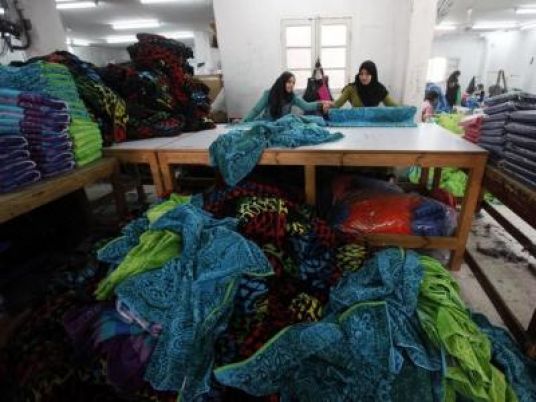
Minister of Higher Education and Scientific Research, Ayman Ashour, announced that 28 Egyptian universities have been included in the first edition of the Arab classification of Arab universities, out of 115 universities total.
Egypt is, therefore, the most represented country in the classification, he said, a sign of the great progress achieved thanks to the Ministry of Higher Education and Scientific Research implementing the directives of the political leadership to improve the rankings of Egypt’s educational institutions globally.
He also credited the application of the principle of international reference, within the national strategy for higher education and scientific research launched by the ministry in March.
Cairo University topped the list of Egyptian universities locally, and occupied second place in the Arab world.
Rankings
- Cairo University (1)
- Ain Shams University (4)
- Mansoura University (5)
- Alexandria University (9)
- Zagazig University (10)
- Tanta University (17)
- University of Kafr El-Sheikh (18)
- Menoufia University (19)
- Benha University (20)
- Arab Academy for Science, Technology and Maritime Transport (22)
- Suez Canal University (23)
- Aswan University (24)
- The British University in Egypt (25)
- Damietta University (28)
- Port Said University (34)
- Suez University (37)
- Future University (38)
- South Valley University (49)
- Galala University (55)
- University Sadat City (56)
- October 6th University (60)
- Misr University for Science and Technology (61)
- Pharos University in Alexandria (64)
- Badr University in Cairo (69)
- The Egyptian Russian University (70)
- Horus University (94)
- El Alamein International University (103)
- The Alexandria Higher Institute of Engineering and Technology (104)
Up to 208 Arab universities applied for the classification, while 115 Arab universities representing 16 countries out of a total of 22 Arab League countries met the admission requirements.
The Assistant Minister for Technical Affairs Abeer Al-Shater, said that the classification of Arab universities was done based on accuracy and objectivity, representing a number of indicators: the quality of teaching and learning, the excellence of faculty members by 30 percent, scientific research at 30 percent, leadership and innovation at 20 percent, international cooperation, and community service at 20 percent and the overall Arab influence factor.
The media advisor and official spokesperson for the ministry, Adel Abdel Ghaffar, attributed Egypt’s excellent progress in the Arab classification of Arab universities due a heightened interest in scientific research in Egypt, and the encouragement of researchers to publish scientifically.
This progress of universities in various international classifications stems from the implementation of the goals and principles of the national strategy for higher education and scientific research, Ghaffar said.
He added that achieving international reference aims to create a generation of researchers able to provide beneficial scientific research, which comes in line with achieving Egypt’s 2030 vision for sustainable development.
The Arab classification of Arab universities was launched in cooperation between the Association of Arab Universities, the League of Arab States, the Arab Educational, Cultural and Scientific Organization, and the Union of Arab Scientific Research Councils.




